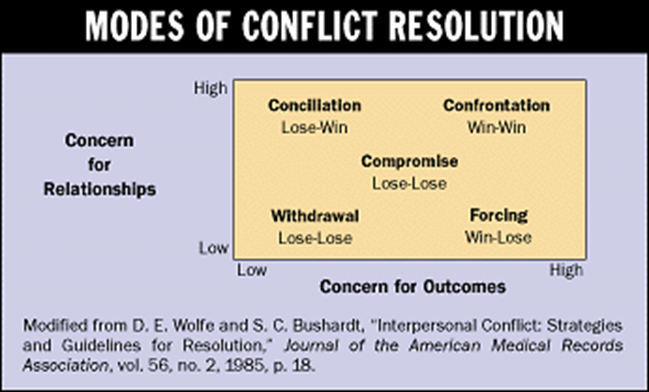A nurse is caring for a client who has anorexia nervosa. Which of the following interdisciplinary team members should be consulted in regard to this client's care? (Select all that apply.)
Case manager
Occupational therapist
Nutritional therapist
Physical therapist
Mental health counselor
Correct Answer : A,C,E
A. Case manager: Helps coordinate various aspects of the client's care, including appointments, services, and resources.
B. An occupational therapist can help clients with physical or mental disabilities to perform daily activities, but this is not the primary goal for a client who has anorexia nervosa.
C. Nutritional therapist: Assists in developing and implementing a structured and healthy eating plan to address nutritional deficiencies and eating behaviors.
D. A physical therapist can help clients with musculoskeletal or neurological
impairments to improve their mobility and function, but this is not the main concern for a client who has anorexia nervosa.
E. Mental health counselor: Provides psychotherapy and counseling to address the psychological aspects of anorexia nervosa, including body image, self-esteem, and underlying emotional issues.
Nursing Test Bank
Naxlex Comprehensive Predictor Exams
Related Questions
Correct Answer is ["A","C"]
Explanation
A. Identify the medication name and dosage administered to the client in the report: Providing specific details about the medication involved is crucial for accurately documenting the incident.
B. Making a copy of the incident report for personal record keeping: While keeping a personal copy might seem practical, the official incident report should be filed according to institutional policies. Personal record keeping might not align with these policies.
C. Include the time the medication error occurred in the report: Documenting the time helps in understanding the sequence of events and aids in investigating the error.
D. Obtaining an order from the client's provider to complete the report: Typically, healthcare providers do not need to issue an order for a nurse to complete an incident report; it's part of the facility's standard reporting process.
E. It is not necessary to place a copy of the report in the client's medical record.
Correct Answer is C
Explanation
A. Cooperating involves finding a middle ground and working together, which isn't reflected in the manager's unilateral decision-making.
B. Collaborating involves working together toward a solution that accommodates various perspectives, which isn't the case here.
C. Competing involves asserting one's own concerns at the expense of others' viewpoints, which aligns with the manager's decision to implement changes regardless of opposition.
D. Compromising entails finding a middle ground that satisfies all parties involved, which isn't evident in the manager's decision-making process.

Whether you are a student looking to ace your exams or a practicing nurse seeking to enhance your expertise , our nursing education contents will empower you with the confidence and competence to make a difference in the lives of patients and become a respected leader in the healthcare field.
Visit Naxlex, invest in your future and unlock endless possibilities with our unparalleled nursing education contents today
Report Wrong Answer on the Current Question
Do you disagree with the answer? If yes, what is your expected answer? Explain.
Kindly be descriptive with the issue you are facing.
